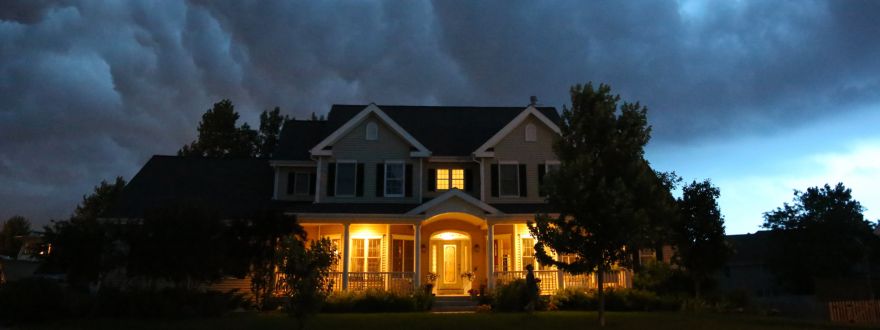
The spring storm season usually lasts from March through May and poses a significant risk of hail, wind, thunderstorms, tornadoes and sometimes flooding in Texas.
By creating a plan, you can have peace of mind knowing that you are ready to face any bad weather event that comes your way.
How to prepare your home for severe storms
Re-check your coverage
Start by reviewing your insurance policies to ensure they have the right coverage and protection in place, including dwelling amounts.
It’s important to know, that damage to a vehicle due to hail, wind, or falling trees is only covered by comprehensive coverage on your auto policy.
- Safeguard your vehicles
Move your vehicles into a safe, covered location like a garage or carport.
Fill your gas tank.
- Sign up for weather alerts
Check your local news station or the National Weather Service for alert systems and plan an evacuation route if needed.
- Inventory your home
One way to do this is by walking through your home, room by room, and documenting all your belongings. Make sure to include electronics, jewelry, artwork, and other valuables. Once done, email the file to yourself or store it in the cloud for easy access in the future. Being proactive now can save you from stress later!
- Make an emergency kit
Include must-have items such as enough water for several days, non-perishable food, a battery-powered radio, a flashlight, first aid kit, extra batteries, and cell phone chargers.
Take copies of important documents like your insurance policy and ID, as well as medicines, pet food, and cash.
- Prepare your home
Keep trees and branches trimmed near your house. If you have time before severe weather hits, secure loose objects, close windows and doors, and move any valuable objects inside or under a sturdy structure.
After the storm
- Call your insurance company to report damage.
- Take pictures and video of the damage. Don’t throw anything away until your insurance adjuster tells you.
- Make temporary repairs to prevent more damage. Remove standing water. Cover broken windows and holes to keep rain out.
- Keep a list of the repairs and save receipts. Don’t make permanent repairs before the insurance adjuster sees the damage.
Did you know...
A thunderstorm is classified as "severe" by the National Weather Service when it produces damaging wind gusts over 58 mph or hail one inch in diameter or larger.
